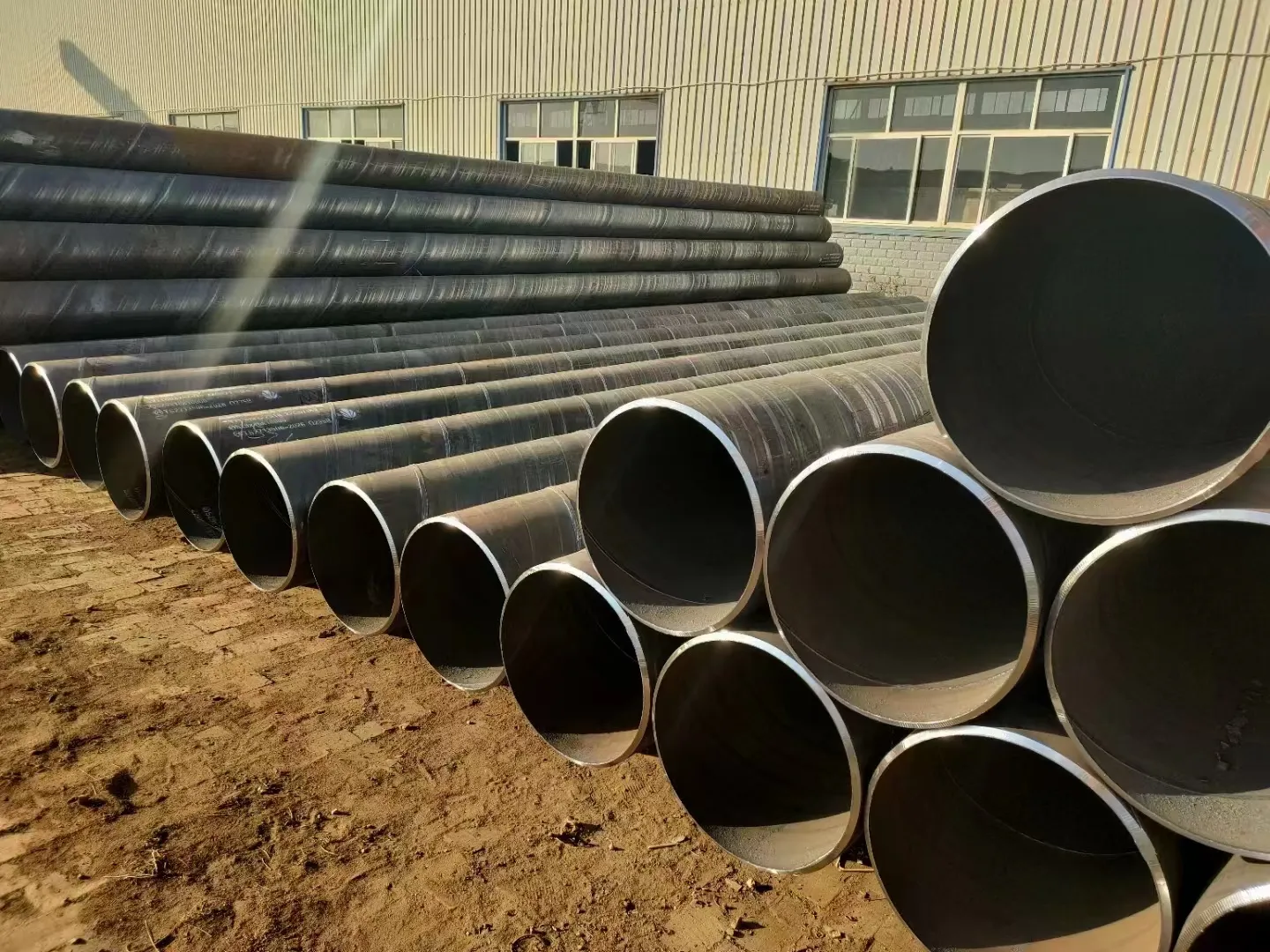-
Cangzhou Yulong Steel Co., Ltd.
-
Phone:
+86 13303177267 -
Email:
admin@ylsteelfittings.com

Nov . 20, 2024 09:25 Back to list
blind flange pn16
Understanding Blind Flanges PN16 A Comprehensive Guide
In the world of pipe fittings and industrial plumbing, blind flanges play a significant role in creating secure, reliable systems. Among various types of flanges, the PN16 blind flange stands out due to its specific rating that ensures strength and durability in high-pressure applications. This article explores the characteristics, applications, and advantages of PN16 blind flanges, along with considerations for their selection and use.
What is a Blind Flange?
A blind flange is a type of flange that is designed to seal the ends of pipes, vessels, or fittings. Unlike regular flanges, which usually allow for the connection of two piping systems, a blind flange has no opening in the center. This makes it ideal for purposes where it is necessary to stop the flow of fluids within a system. Commonly made from various metals, including stainless steel, carbon steel, and alloy steel, these flanges are vital components in many industrial systems, including water treatment, oil and gas, and chemical processing.
PN16 Rating Explained
The term PN stands for Pressure Nominal, and it refers to the pressure rating of the flange. PN16 indicates that the flange is rated to withstand a pressure of 16 bar, which is approximately 232 psi (pounds per square inch). This rating is crucial for determining the maximum pressure that a piping system can handle without compromising safety or integrity. The PN16 rating is often considered suitable for medium-pressure applications, making it a popular choice in many industries.
Characteristics of PN16 Blind Flanges
1. Material Composition PN16 blind flanges can be manufactured from various materials, including carbon steel, stainless steel, and other alloys. The choice of material typically depends on the media being conveyed and the environmental conditions (corrosion, temperature, pressure) in which the flange will be used.
2. Design Standards These flanges are often designed according to international standards, such as ANSI, ASME, or DIN. Compliance with these standards ensures that the flanges meet specific manufacturing, testing, and quality assurance criteria.
3. Dimensions PN16 blind flanges come in various sizes and thicknesses, allowing them to fit different pipe diameters. The dimension standards for PN16 flanges are defined by the specific standards (e.g., EN 1092-1).
4. Surface Finish The surface finish of blind flanges can vary, with options such as raised face, flat face, or RTJ (Ring Type Joint) surface finishes being common. The chosen finish will depend on the intended application and the type of gasket used.
Applications of PN16 Blind Flanges
blind flange pn16

PN16 blind flanges are widely used across various industries. Some common applications include
1. Water and Wastewater Treatment In municipal and industrial water systems, blind flanges are used to close off pipelines during maintenance or repair work, ensuring the system can be effectively serviced without interruptions.
2. Oil and Gas Industries Blind flanges are utilized in oil and gas pipelines to plug off sections of the line for inspection or when a particular pipeline section is taken out of service.
3. Chemical Processing Many chemical processing plants use PN16 blind flanges to seal piping systems that handle corrosive substances, offering both safety and reliability.
4. HVAC Systems In heating, ventilation, and air conditioning systems, blind flanges are used to block off unused branch lines or system connections, helping to optimize flow and energy efficiency.
Advantages of Using PN16 Blind Flanges
1. Cost-Effectiveness Blind flanges often provide a cost-effective solution for closing off pipelines compared to other piping methods, particularly in systems that require frequent changes or inspections.
2. Durability and Strength The robust construction of PN16 blind flanges ensures they can withstand significant pressure and harsh conditions, reducing the likelihood of leaks or failures.
3. Ease of Installation Blind flanges are relatively straightforward to install, which can save time and labor costs during system setup and maintenance.
Conclusion
Blind flanges, especially those rated PN16, are essential components in the infrastructure of many industrial systems. Their ability to securely seal piping systems while withstanding medium pressure makes them invaluable in ensuring operational safety and reliability. Proper selection, maintenance, and installation of these flanges will enhance system integrity and performance, ultimately contributing to the efficiency of industrial processes. Whether in water treatment, oil and gas, or chemical manufacturing, understanding the importance of PN16 blind flanges allows engineers and technicians to make informed decisions that support their operational goals.
Latest news
-
ANSI 150P SS304 SO FLANGE
NewsFeb.14,2025
-
ASTM A333GR6 STEEL PIPE
NewsJan.20,2025
-
ANSI B16.5 WELDING NECK FLANGE
NewsJan.15,2026
-
ANSI B16.5 SLIP-ON FLANGE
NewsApr.19,2024
-
DIN86044 PLATE FLANGE
NewsApr.19,2024
-
DIN2527 BLIND FLANGE
NewsApr.12,2024
-
JIS B2311 Butt-Welding Fittings LR/SR 45°/90° /180°Seamless/Weld
NewsApr.23,2024
-
DIN2605-2617 Butt-Welding Fittings LR/SR 45°/90°/180° Seamless/Weld
NewsApr.23,2024











